
Lead Image: An Artist’s impression of a nuclear blast on a city and the wave of destruction thereof.
Nuclear Weapons are the pinnacle of our species’ ingenuity for large-scale devastation. While large proportions of their development could occur on paper and under lab conditions, the time soon came when real bombs would need to be field-tested.
To this end, most of today’s nuclear powers have conducted hundreds of nuclear tests in various remote locations worldwide, taking place over decades. Thankfully, most of this testing ceased entirely in the late 1990s, with countries like India, China, and Pakistan not detonating another bomb ever since.
Of course, the test sites themselves never went away, and the legacy of their exposure to these devastating weapons is still with us today.
How many nuclear tests have there been?
Given the raw power of these weapons, it should come as no surprise that they are incredibly destructive to the local environment. From the damage caused by the actual explosion (heat, pressure waves, etc.), nuclear explosions will continue to cause damage thanks to things like radioactive contamination (fallout, etc).
While the extent of the initial damage is directly linked to the power or yield of the nuclear warhead, any nuclear explosion will leave some form of legacy long after the test was conducted.
Most tests tend to be conducted in remote areas of the world, with some places becoming “hot spots” (so to speak) for a nuclear tests. The United States ranks first when we compare the countries that have done the most nuclear testing. To date, they have racked up a total of 1,032 nuclear tests.
The U.S. was then quickly followed by the former Soviet Union with 727 nuclear tests, all told.
These tests vary in nature and, contrary to popular belief, are not generally done by dropping a nuclear warhead from the sky. In fact, most nuclear warheads don’t need to impact the ground to detonate like in most conventional gravity bombs.
For example, numerous nuclear tests, 528 detonations to be exact, were conducted in the atmosphere (called an airburst). These were undertaken to prevent the incidental damage from nukes, but it was quickly realized that this method was equal, if not more, destructive than ground blasts.
Since air and ground detonations have been proven to cause the radioactive materials to spread to other areas, underground detonations and underwater detonations became the most common method of testing nukes.
While these do limit the initial destructive damage of nuclear weapons during testing, they cannot entirely avoid radioactive contamination of local ecosystems, water tables, etc.
What is the current state of some of the most famous nuclear testing sites?
As you’ve already seen, quite a few nukes have been let off in the past worldwide. Of the locations chosen, some were used over and over again. Remote areas were usually chosen (mainly for national secrecy concerns), but pretty much every continent has seen its fair share of nuclear tests over the years.
But, you might be wondering, since nuclear testing has largely ceased for most nuclear powers since the late-1990s (North Korea being the exception), what is the current state of these testing sites?
Let’s take a look at some of the most famous examples.
1. Hiroshima and Nagasaki are still the only cities hit by nuclear weapons (thankfully)
The Japanese cities of Hiroshima and Nagasaki are probably two of the most famous places in Japan, but not for any real positive reasons. The targets of the first-ever nuclear weapons used in anger, the cities were effectively wiped off the face of the Earth in 1945.
While tragic, a controversial act to this very day, these attacks are primarily credited by many with the eventual surrender of the Japanese Empire and the end of World War 2 after Victory in Europe.
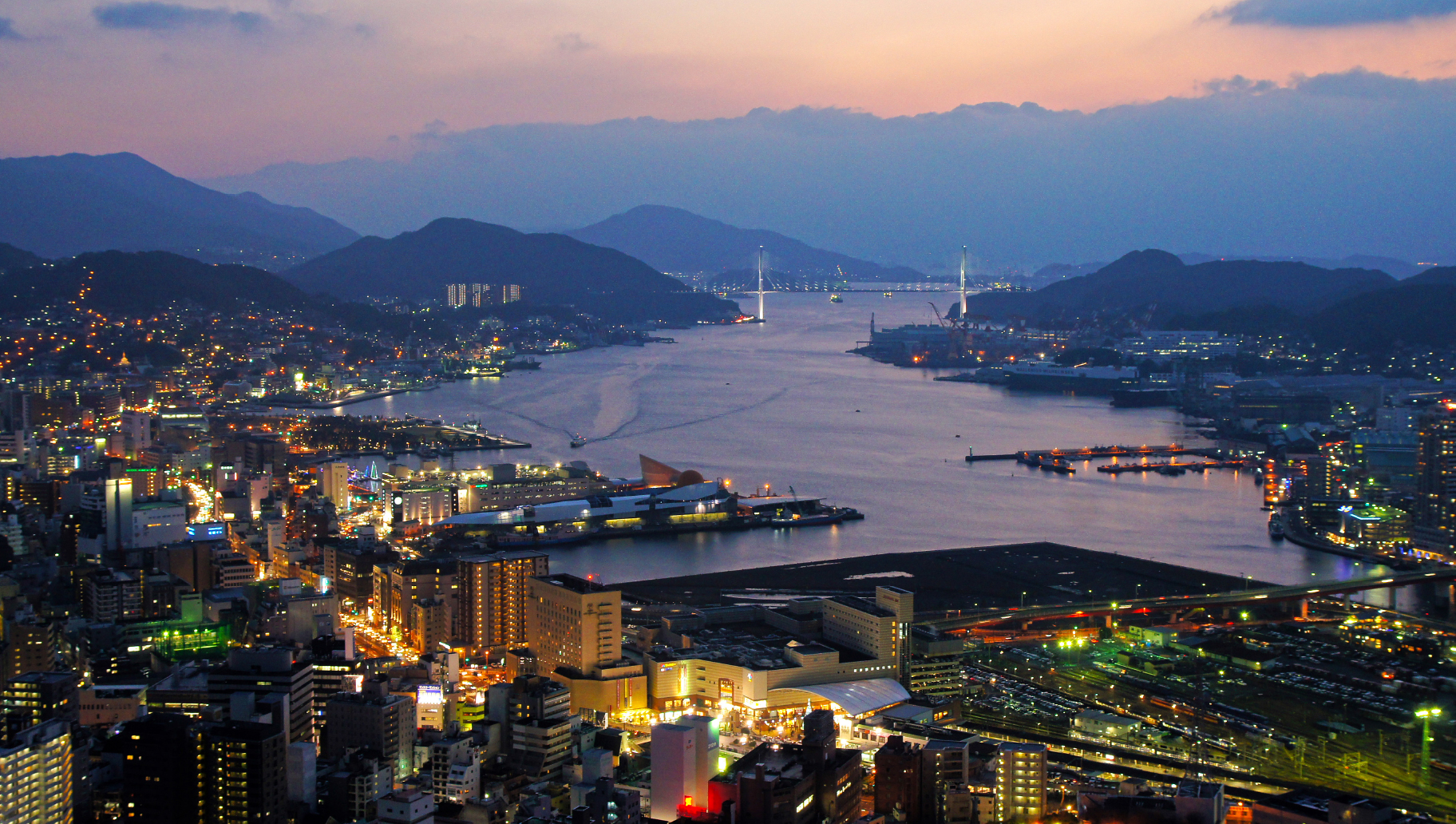
The bombs (“Fat Man” and “LittleBoy”) had yields modest by today’s standards, but they shook the world literally and figuratively when they detonated. So devastating were these weapons that nations have been very reluctant to use them in anger ever since.
Hiroshima was hit on the 6th of August 1945 and instantly killed around 70,000 people. Another estimated 70,000 were seriously injured and died soon afterward, and large parts of the city were effectively decimated. Soon after, the death toll rose closer to 200,000 as victims succumbed to radiation poisoning. Almost all of these were civilians.
The bomb caused total devastation for five square miles, with almost all of the buildings in the city either destroyed or damaged. Today, radiation levels have dropped significantly and are roughly equivalent to expected background levels anywhere on Earth. Those parts devasted by the bomb have been rebuilt and are now reoccupied.
Nagasaki was bombed shortly after Hiroshima and yielded around 22 kilotons. 40,000 were killed outright, with another 60,000 or so seriously injured, with many of these dying shortly after that. In the explosion, 3 square miles (14.5 square kilometers) of the city was destroyed. This is less than in Hiroshima, largely thanks to the differing geography of the city compared to Hiroshima. It is thought that somewhere around 225,000 people died either in or as a direct result of the bombings.
Like Hiroshima, Nagasaki has largely recovered and been rebuilt, with radiation levels significantly reduced and safe.
2. The Nevada Test Site kicked it all off
First established by President Truman in 1950, the Nevada Test Site has seen 1,021 atmospheric and underground nuclear tests between 1951 and 1992. Operated by the United States Department of Energy, this site sits roughly 65 miles (105 km) northwest of Las Vegas.
Tests were modest to start, with small-scale gravity bombs being let off with almost reckless abandon. Later in the 1950s, so many tests were being conducted that the mushroom clouds, which could be seen up to around 100 miles away, actually became a tourist attraction.
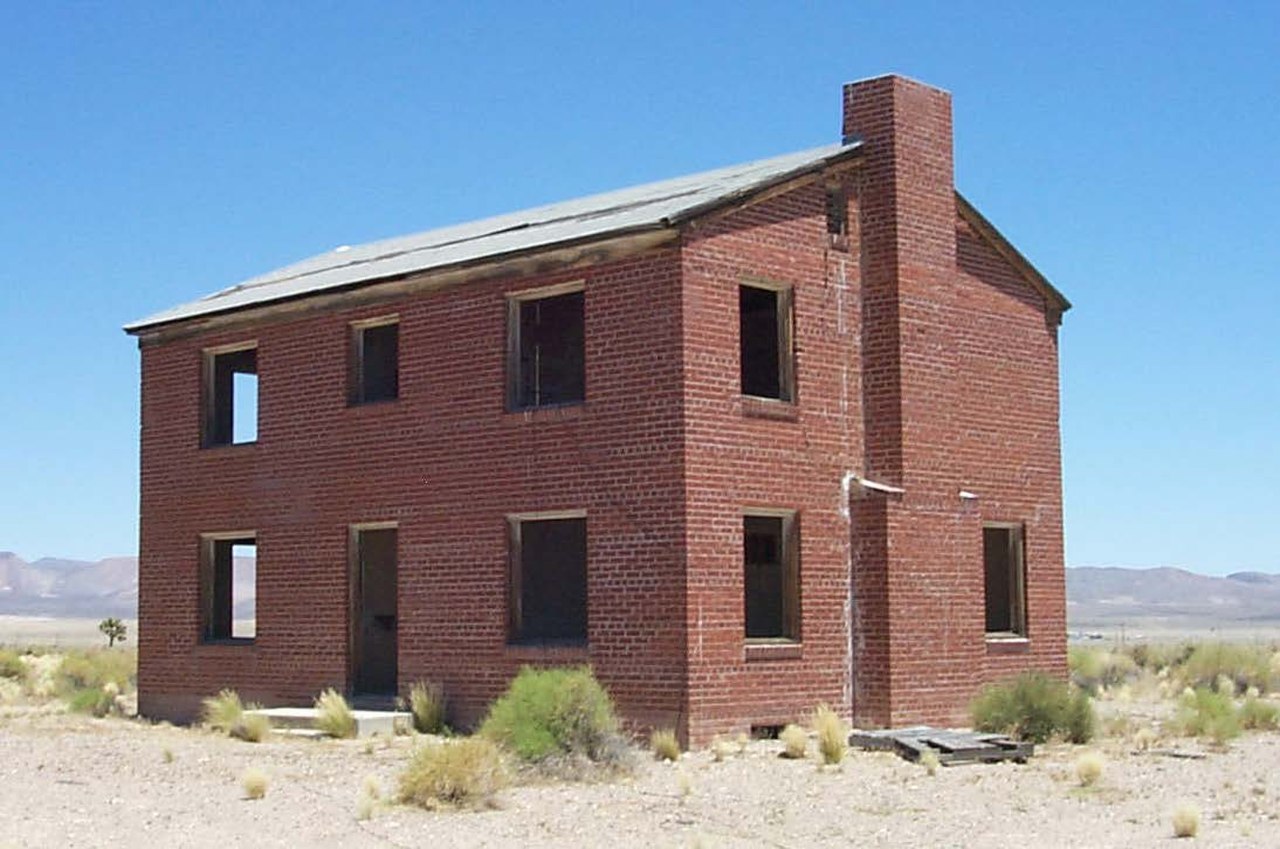
Las Vegas often experienced noticeable ground shakes during the testing. However, and more sinisterly, westerly winds would routinely carry the fallout of above-ground nuclear testing directly through St. George, Utah, and southern Utah. In fact, studying the effects of nuclear fallout was one of the reasons that so many tests were conducted at the site.
This resulted in a significant uptick in cancers in affected areas, including leukemia, lymphoma, thyroid cancer, breast cancer, melanoma, bone cancer, brain tumors, and gastrointestinal tract cancers from the 1950s-onwards.
The last bomb to go off there was in 1992.
Today, the site is monitored regularly for levels of radioactive contaminants, with results published every year by the Department of Energy. It is also used for National Nuclear Security Administration defense programs, industry research, and development efforts.
3. Amchitka Island has largely recovered today
Amchitka Island is situated in Alaska’s Aleutian Islands and was the nuclear testing spot for some of America’s first hydrogen bombs. The site was used for three underground nuclear tests, and the legacy of this testing still affects the area today.
The first of three nuclear tests conducted there in 1965 was the Long Shot, an 80 Kiloton bomb. The second was the Milrow nuclear test, a 10 times more powerful bomb than Long Shot and was set off in 1969. The underground blast triggered a string of small earthquakes and massive landslides.
After these two tests, the nuclear site was flagged by environmentalists for leakage of radioactive waste, which was denied by the Atomic Energy Council and the Pentagon.
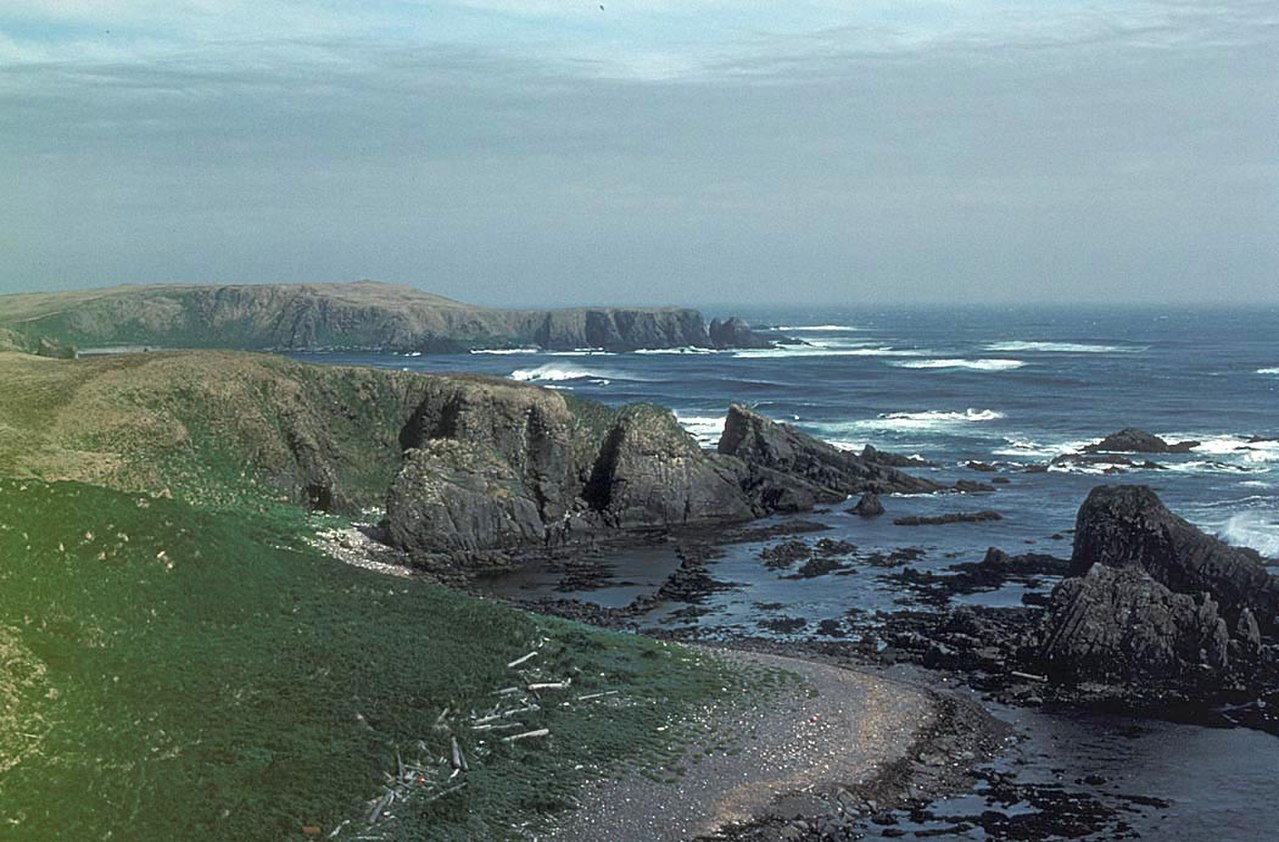
Warnings fell on deaf ears; the most significant nuclear test, the Cannikin Nuclear Test, took place on the 6th of November, 1971. This bomb was around 5 megatons, making it roughly 385 times more powerful than the bomb dropped on Hiroshima.
This detonation was so large that it caused an earthquake that registered 7 on the Richter scale. The blast also created a 60-foot (18m) crater to form on the island. The blast also resulted in the deaths of thousands of endangered otters, birds, and other mammals. It ruptured the earth’s crust, sucking White Alice Creek into a brand new, radioactive aquifer crater.
Blood samples from Aleut villagers from the village Adak on a nearby island revealed high levels of tritium and Cesium-137 (radioactive particles), both known carcinogens, in their bloodstream. Further investigation also discovered that 1,500 staff from the test were also heavily contaminated and affected by the radiation from the bomb.
The Amchitka facility was shut down in 1971 and is regularly assessed for potential environmental damage. Independent researchers regularly find high radiation levels in the areas, claims that the U.S. Department of Energy denies.
4. The “Pacific Proving Grounds” really took a pounding
The Marshall Islands were a prime location for U.S. nuclear testing, where a series of land, atmosphere and underwater detonations were conducted. One of the bombs tested in the so-called “Pacific Proving Grounds” was the Castle Bravo test. This involved the powerful thermonuclear nuclear warhead that America had created up to that point. The explosion was more than two and a half times greater than expected and caused far higher levels of fallout and damage than predicted.
The bomb used in the test detonated with 1,000 times more power than the one used detonated over Hiroshima in 1945. With the detonation of the Castle Bravo bomb in 1954, radioactive debris spread over 7,000 square miles, contaminating nearby islands, U.S. service personnel, and the crew of a Japanese fishing trawler that had strayed unnoticed into the security zone. The radiation exposure led to the evacuation of the residents of nearby Rongelap island, who never returned.
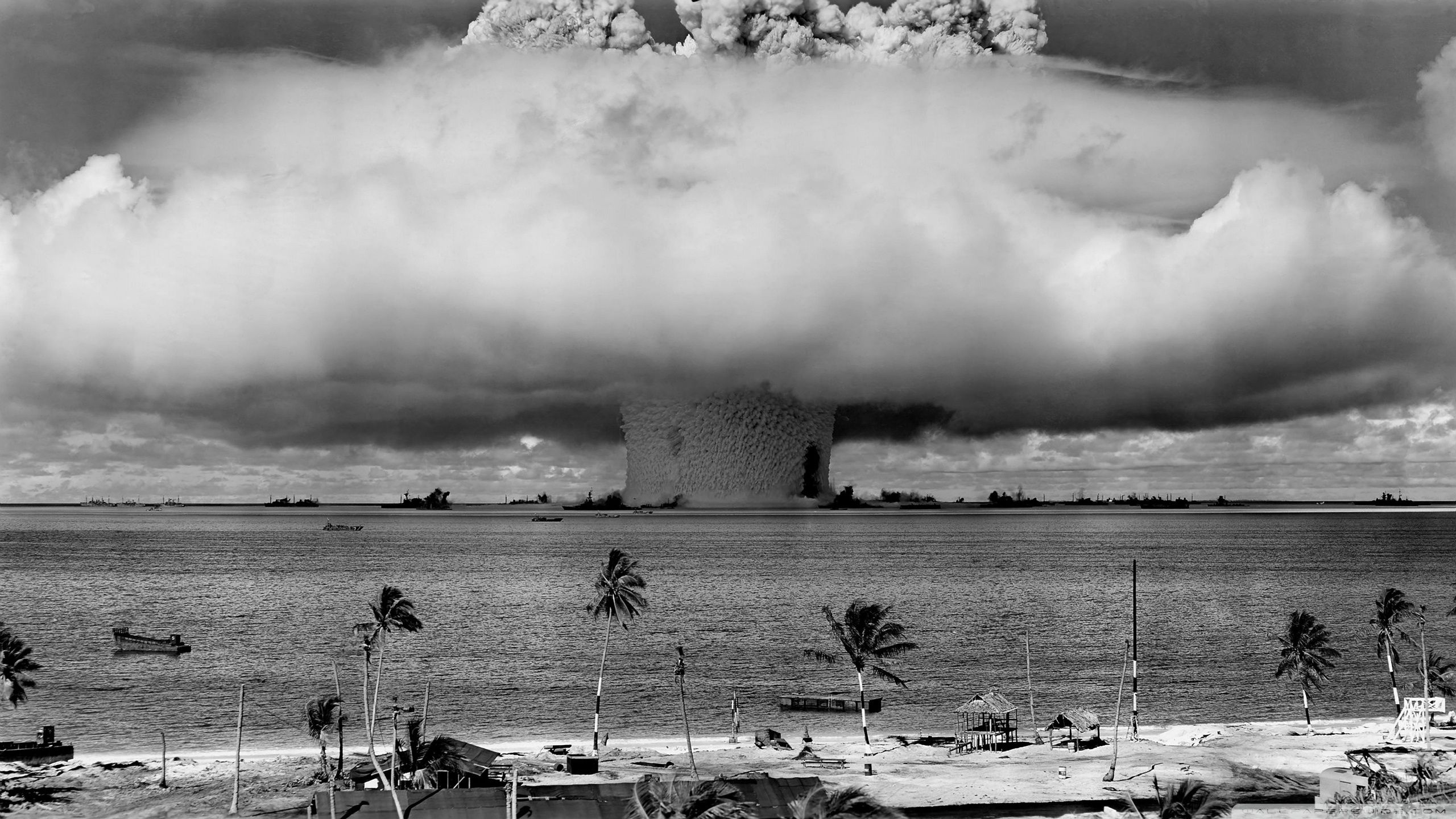
Environmental monitoring conducted in 1978, twenty-four years after the Bravo detonation, found that the plant and marine life in the nearby islands still retained an alarming amount of radiation. Between the years 1977 and 1979, 4,000 or so American troops were sent to the islands to decontaminate the 43 nuclear test sites in the “Pacific Proving Grounds”.
However, many soldiers were later diagnosed with severe illnesses like various forms of cancer and other health conditions like brittle bones. There are even reports of their children being born with high rates of congenital disabilities.
Today, only Enewetak and Utirilk islands have human populations of any substantial size. However, many areas close to these population centers are still very radioactive today.
5. Semipalatinsk saw hundreds of nuclear tests in the past
Semipalatinsk, formerly known as Semay, was one of the Soviet Union’s favorite nuclear testing sites. Located northeast of Kazakhstan, this location saw 456 nuclear tests between 1949 and 1989 as part of the Soviet atomic bomb program.
The actual testing grounds were located just over 90 miles (about 150 km) from the city, and the program would attract the brightest minds of the Soviet Union for decades. Little care or attention was given to the health of staff and civilians in the vicinity, with many receiving horrendous doses of radiation.
The tests resulted in nearly 1.5 million people in Kazakhstan being affected by nuclear radiation. Many of the population were diagnosed with cancer and other serious illnesses. After the fall of the Soviet Union, Kazakhstan was recognized as a separate country.
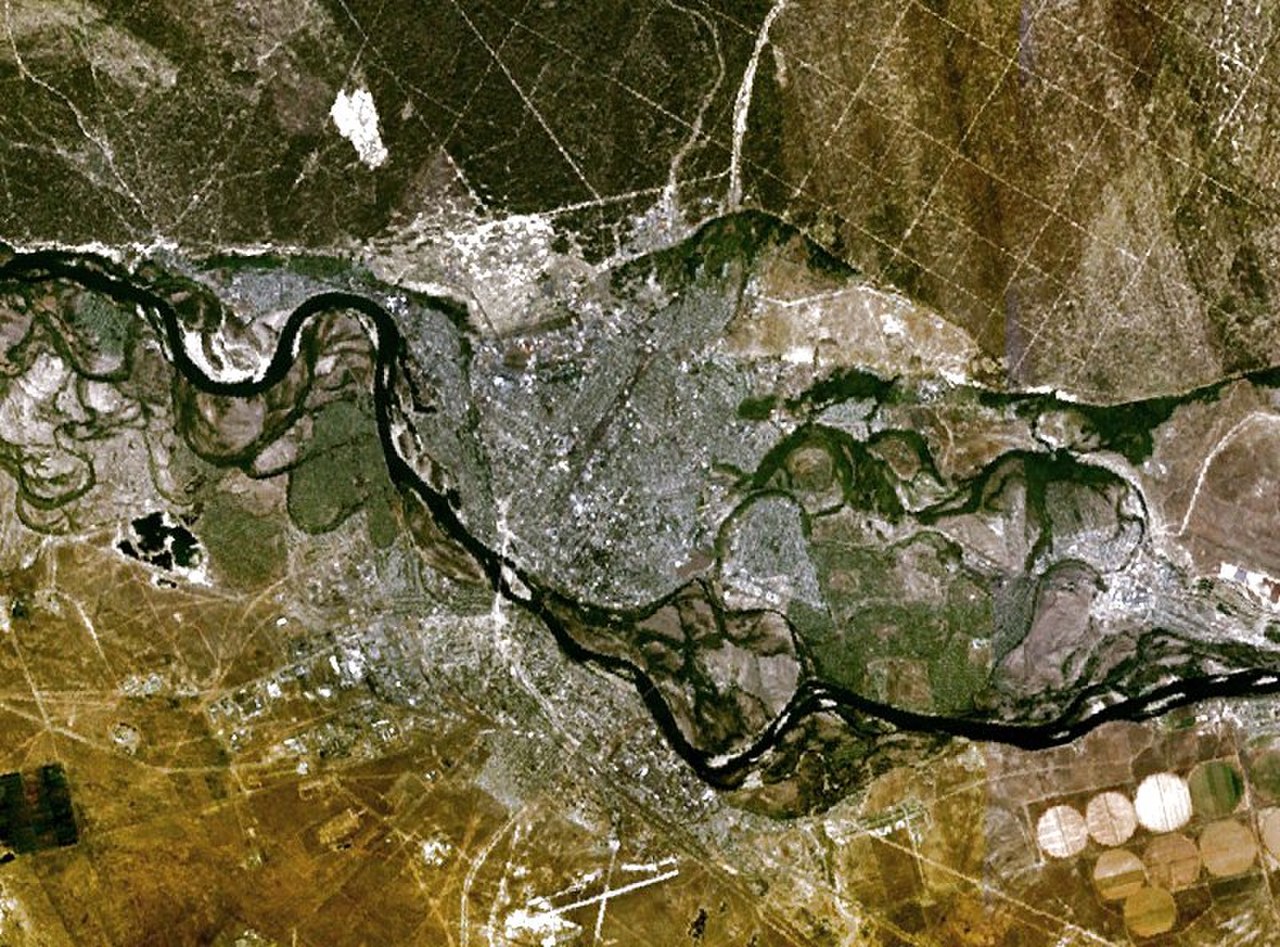
At around the same time, contamination of the land from the depositing of nuclear waste was supposed to have been abated but was left largely intact. Later, people scavenged from the test sites for metal parts to sell, further exacerbating the spread the radiation throughout the area. In 2002, researchers reported that the children of those directly exposed to the nuclear tests had a 50 percent higher germline mutation rate than control groups.
Since the fall of the Soviet Union, some of the area(s) in question have been largely cleaned up. However, other sites are still heavily contaminated, especially with significant levels of plutonium.
6. In Ekker, Algeria was where the French played with their nukes
Throughout the early to late-1960s, the French tested somewhere in the order of 13 nuclear devices in a place called In Ekker in Algeria. Then once still part of the rapidly shrinking French empire, these tests were primarily conducted underground.
The bombs were detonated at the Oasis Military Experiments Center near In Ekker. Sited at Tan Afella in the Hoggar Mountains, the site was operated by the French Nuclear Experiments Operational Group (GOEN), a Joint Special Weapons Command unit.
The first French nuclear weapons were tested here, and tests ranged from several kilotonnes to over 30 kilotonnes. Those bombs detonated underground were nicknamed after various gemstones, while the few gravity drops or tower-mounted bombs (about 5 of the total) were given variations of the name “Pollen”.
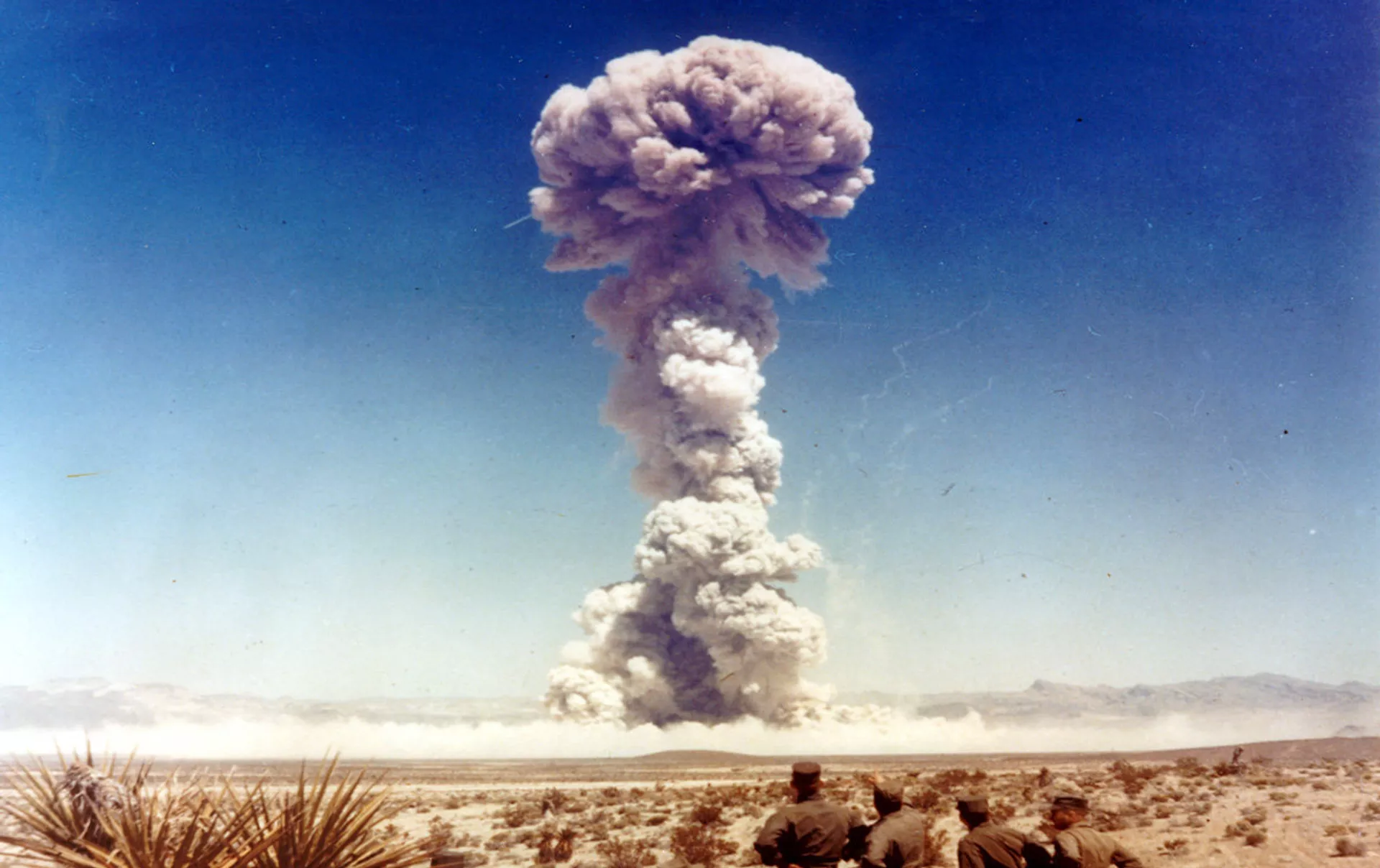
Between 1964 and 1966, the French army also carried out five plutonium dispersal experiments, codenamed “Pluto.” Designed to simulate a plutonium bomb accident, radioactive material was purposefully allowed to be dispersed by desert winds to study the impact of radioactive fallout.
The test resulted in widespread radioactive contamination of soil, air, and underground water sources. Hundreds of staff and locals were also exposed to large amounts of highly radioactive material.
Anecdotal evidence exists of elevated levels of cancer, cataracts, infertility, and other effects of radiation exposure that have been reported in the local population. Still, there has not, as yet, been an organized epidemiological study to deny or confirm this. To this day, those victims have not been properly compensated, and the extent of radioactive contamination has not been assessed.
Today, large parts of the test site are essentially radioactive wastelands, and some recent lawsuits have managed to win compensation for staff who worked at the test site.
7. North Korea’s Punggye-ri Nuclear Test Site is an environmental ticking time bomb
The only nation that has recently undertaken active nuclear weapons testing is the highly secretive and reclusive North Korea. At their site called Punggye-ri, North Korea tested their latest nukes in a special underground facility.
This location made the news a few years ago after it had to be shut down when the land around the test site became unstable because of repeated nuclear testing. One test in 2017 actually caused an earthquake with a magnitude of 6.3 on the Richter scale.
More quakes followed in the following week, causing a near-vertical on-site collapse of the land. The test site is only 100 kilometers away from the Chinese border, and Chinese border towns and cities have experienced seismic events from the tests, forcing evacuations of schools and offices. In 2018, North Korea announced it would close its nuclear testing facility and suspend nuclear and intercontinental ballistic missile tests. However, experts suggest that North Korea is getting ready to resume testing.
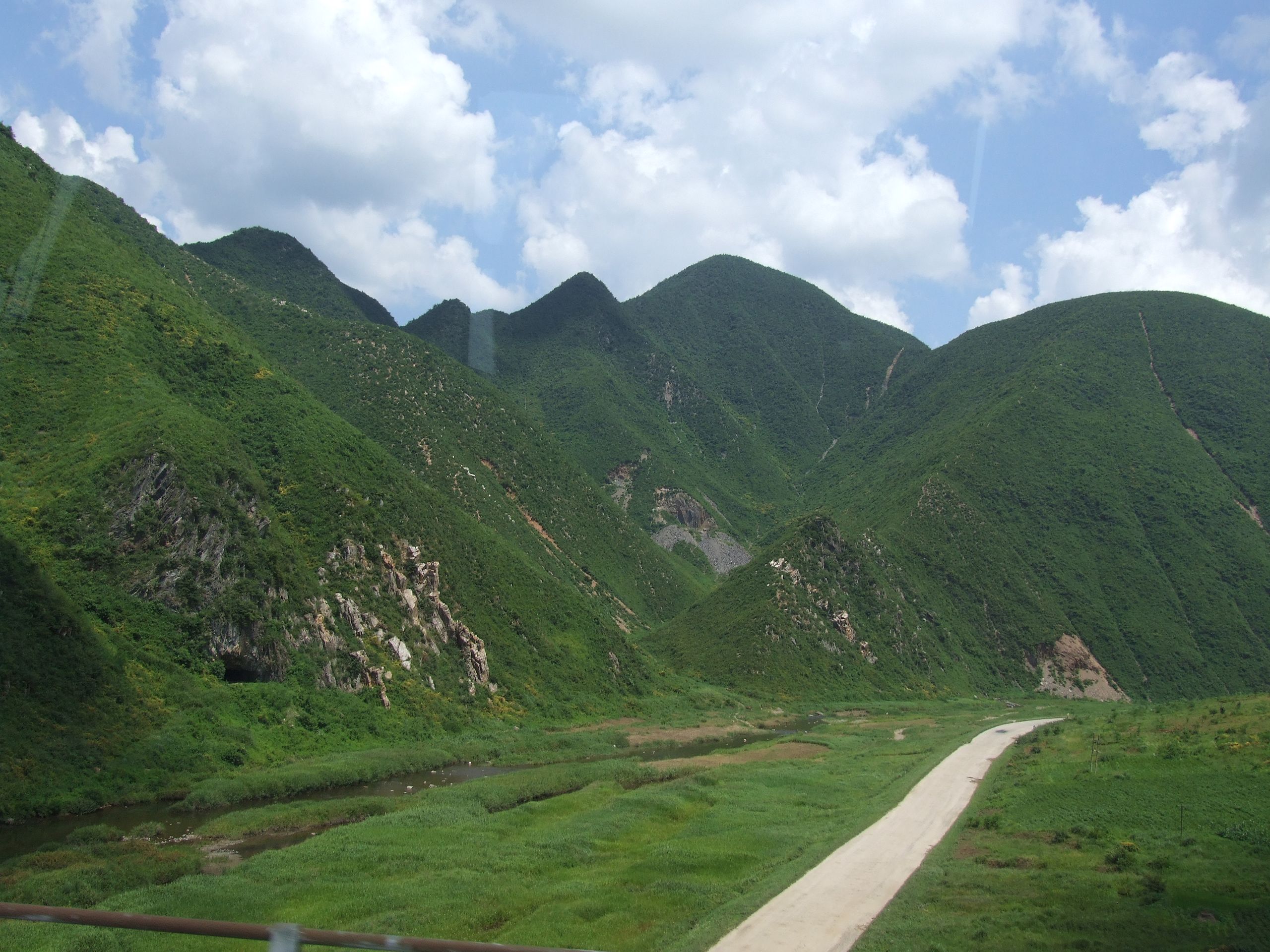
Little else is really known about the extent of nuclear testing in North Korea. Still, it is doubtful the quakes are the only environmental costs of their research and development.
Nuclear testing has primarily been ended today, mainly thanks to multinational agreements like the Comprehensive Nuclear-Test-Ban Treaty. Signed by most nations of the world (but not North Korea), this treaty commits all signatories not to blow up nuclear weapons for research. The treaty was drafted in 1996. However, it cannot enter into force unless it is signed and ratified by 44 specific nations, eight of which have yet to confirm the treaty as of April 2022: China, Egypt, India, Iran, Israel, the Democratic People’s Republic of Korea, Pakistan and the United States.
With global tensions rising to levels not seen since the depths of the Cold War, we can only hope and pray that nuclear testing doesn’t rear its ugly head once again. For all our sakes!

